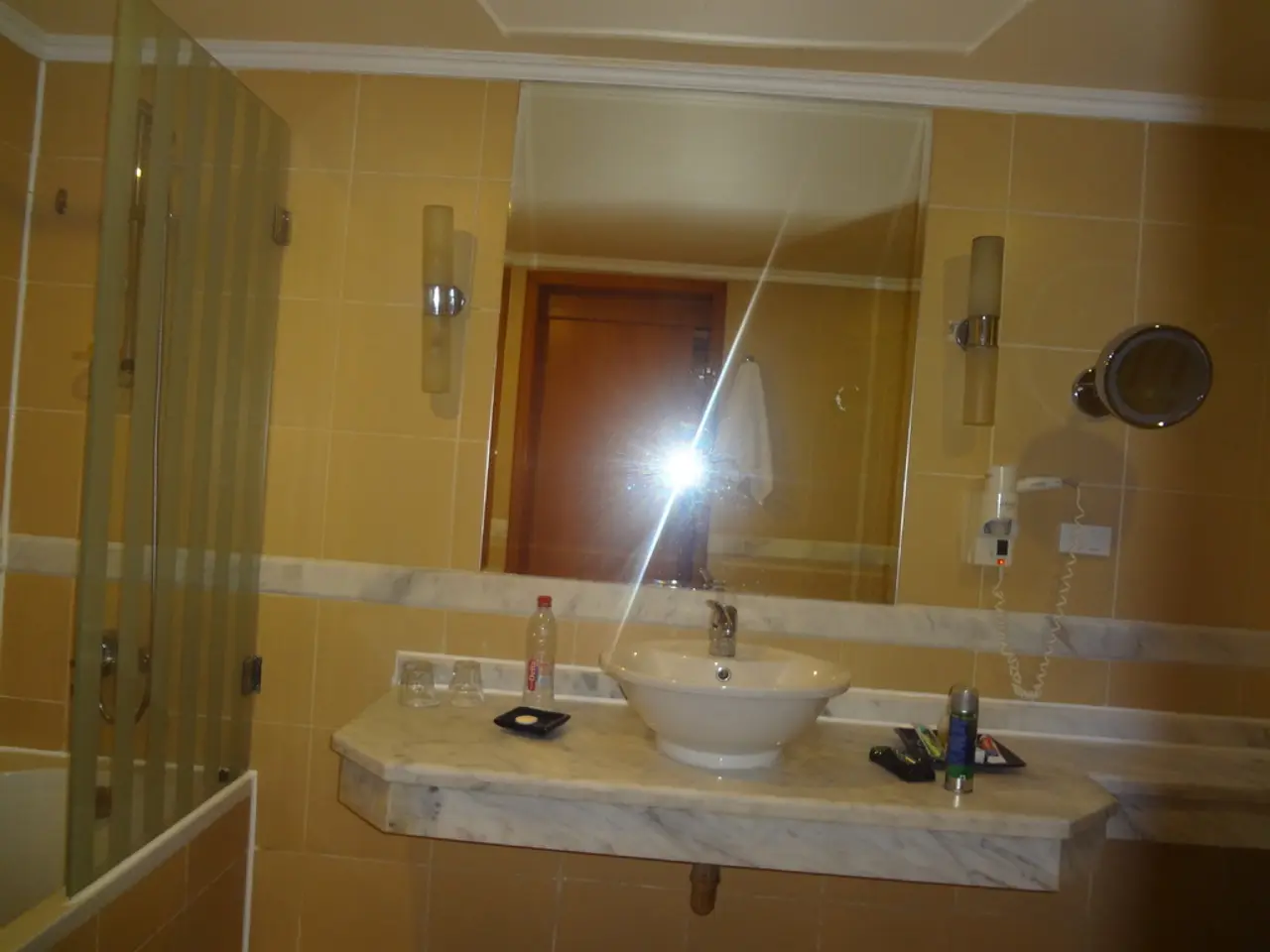Save Water, Energy Bills: Top Home Measures
Water-saving measures in the home can significantly reduce energy and water bills. Comparing hot water consumption with tools like WaterCheck and the German Hot Water Mirror can help identify savings opportunities.
Showering generally uses less water than a bath, but letting the water run for more than ten minutes can exceed the water consumption of a bath. To save water, consider installing low-flow showerheads that use only 6 to 9 liters per minute, compared to conventional showerheads that use 12 to 15 liters per minute.
Hot and cold water pipes should be well insulated and used regularly to prevent legionella growth in cold water pipes. Even rarely used piping sections should be regularly flushed through to prevent this. Regularly descaling faucets and showerheads also increases their lifespan.
Installing water-saving faucets can significantly reduce hot water costs. The hot water should always have a minimum temperature of 55°C throughout the piping system and a minimum temperature of 60°C at the exit of the water heater to prevent legionella growth. Manufacturers of low-flow showerheads that enable significant energy savings in hot water supply include companies specializing in water-saving technologies and bathroom fixtures.
Standby losses from under-counter hot water storage devices can be avoided or reduced with the help of a booster or a timer, saving around 135 kilowatt-hours per year. A low-flow showerhead in a two-person household can save an average of 20,000 liters of water per year, reducing water costs by over 80 euros and saving energy costs between 35 euros (gas) and 144 euros (electricity).
By implementing these water-saving measures, households can reduce their water and energy bills significantly. Regular maintenance and the use of efficient appliances can further enhance these savings.






